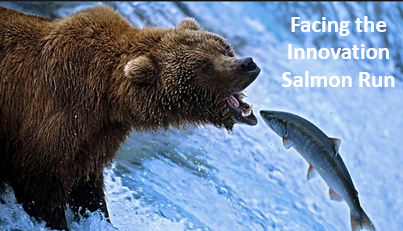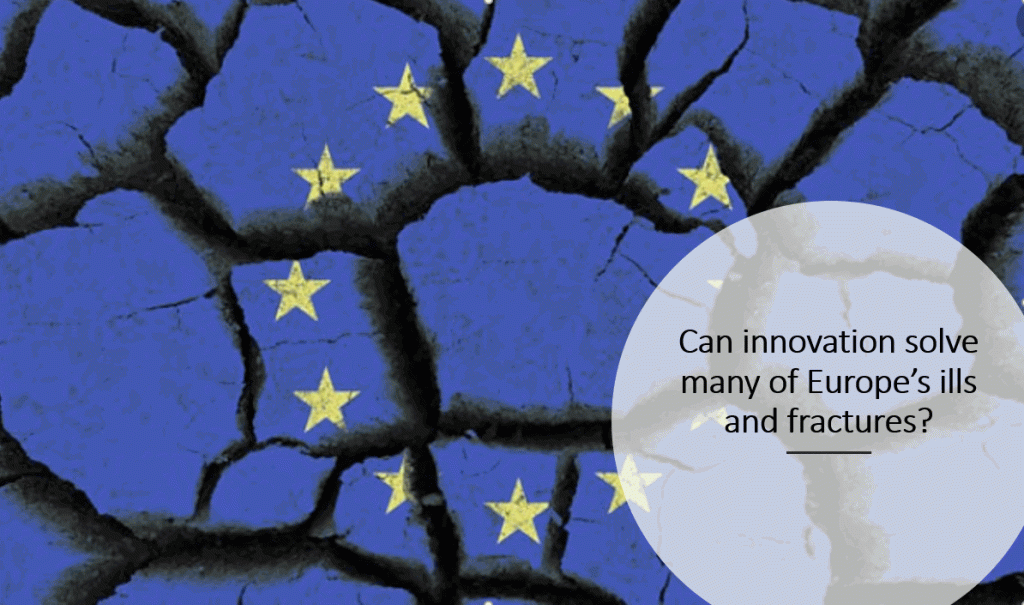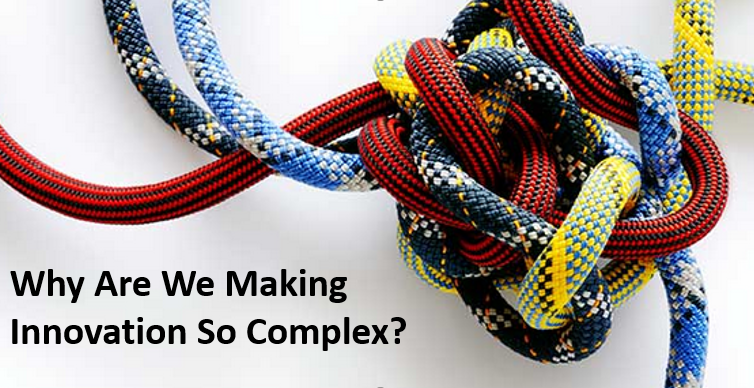![]() When we are really innovating we are actually working on the Work-to-be-done, it is a far more exciting activity than constantly focusing on work done, that we need to do to refine, it, to make it more productive, efficient and effective. This work is done, certainly needs doing, no question but it is the “work-t- be-done” that gets the pulse racing. Yet both are really hard work.
When we are really innovating we are actually working on the Work-to-be-done, it is a far more exciting activity than constantly focusing on work done, that we need to do to refine, it, to make it more productive, efficient and effective. This work is done, certainly needs doing, no question but it is the “work-t- be-done” that gets the pulse racing. Yet both are really hard work.
The work-to-be-done is the need for our future growth and well-being to be derived from innovation activities.
These are so often made up of so many intangible parts that need exploring, investigating and discovering, the exciting parts of work. As we reveal ideas, concepts or new designs we are providing the new wealth of organizations, in the knowledge sharing economy of today and the near future. We are adding discovery. Continue reading “I prefer the work-to-be-done for innovation.”








